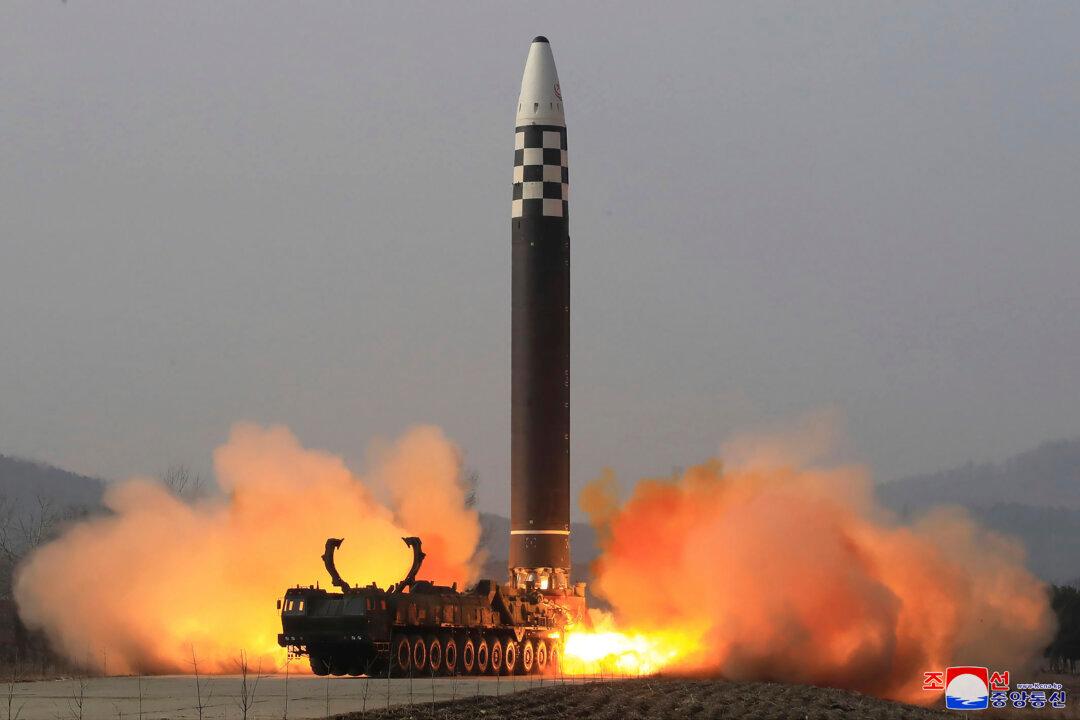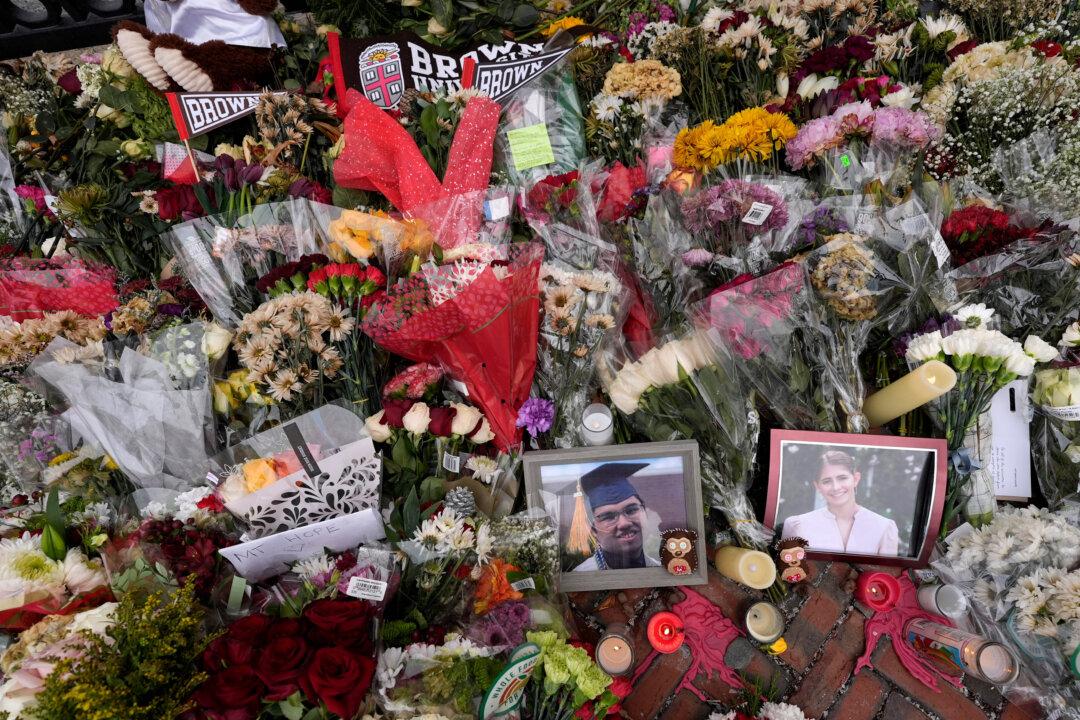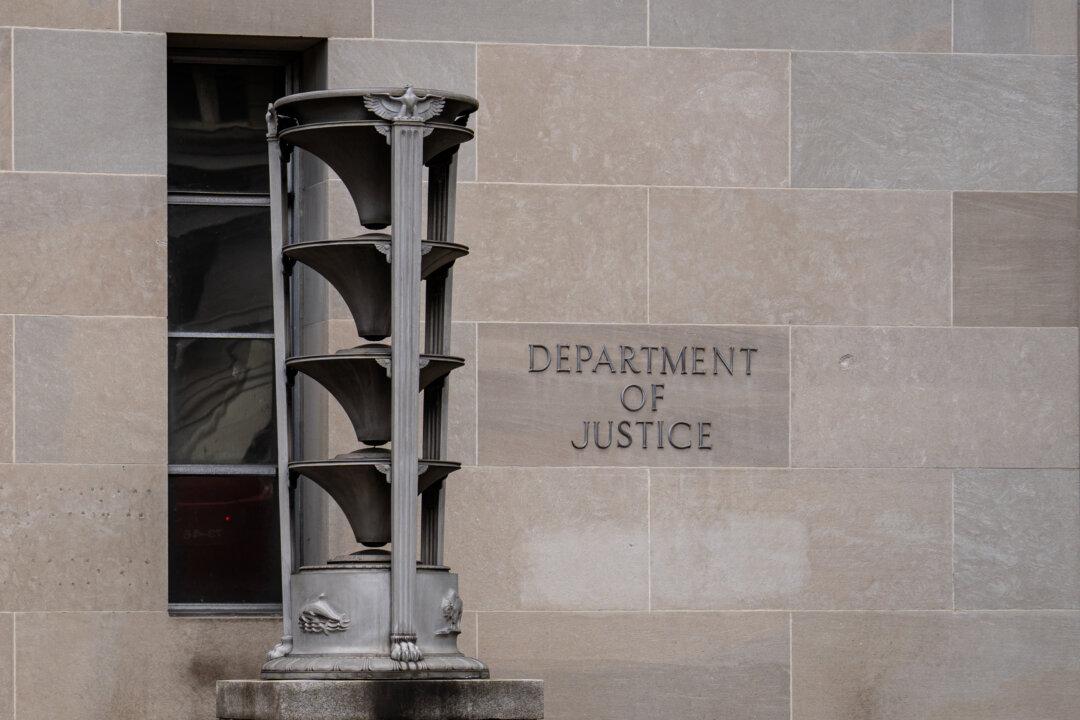North Korea may conduct large-scale military exercises and test its newly developed solid-fuel intercontinental ballistic missile (ICBM) as early as this month, South Korea’s National Intelligence Service (NIS) told South Korean lawmakers on March 7, Yonhap News Agency reported.
The United States and South Korea have stepped up their joint drills as a defense measure.





